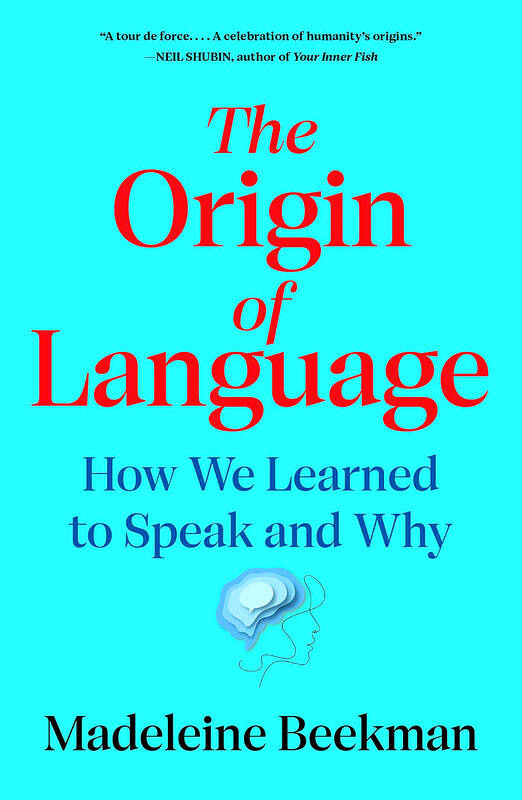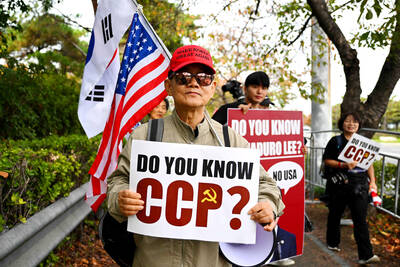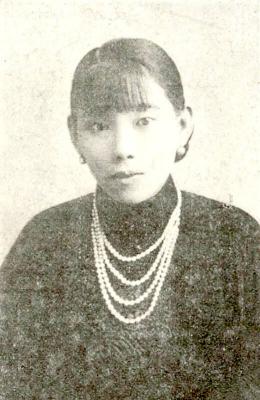The story of human evolution has undergone a distinct feminization in recent decades. Or, rather, an equalization: a much-needed rebalancing after 150 years during which, we were told, everything was driven by males strutting, brawling and shagging, with females just along for the ride. This reckoning has finally arrived at language.
The origins of our species’ exceptional communication skills constitutes one of the more nebulous zones of the larger evolutionary narrative, because many of the bits of the human anatomy that allow us to communicate — notably the brain and the vocal tract — are soft and don’t fossilize. The linguistic societies of Paris and London even banned talk of evolution around 1870, and the subject only made a timid comeback about a century later. Plenty of theories have been tossed into the evidentiary void since then, mainly by men, but now evolutionary biologist Madeleine Beekman, of the University of Sydney, has turned her female gaze on the problem.
‘UNDERBAKED’ NEWBORNS

Her theory, which she describes as having been hiding in plain sight, is compelling: language evolved in parallel with caring for our “underbaked” newborns, because looking after a creature as helpless as a human baby on the danger-filled plains of Africa required more than one pair of hands (and feet). It needed a group among whom the tasks of food-gathering, childcare and defense could be divided. A group means social life, which means communication.
The evidence to support Beekman’s theory isn’t entirely lacking, though a lot of it is, necessarily, circumstantial. We know that the compromise that natural selection hit upon to balance the competing anatomical demands of bipedalism and an ever-expanding brain was to have babies come out early — before that brain and its bony casing were fully formed.
One of the discoveries of the newly feminized wave of evolutionary science has been that alloparents — individuals other than the biological parents who contribute parenting services — played a critical role in ensuring the survival of those half-cooked human children. Another is that stone age women hunted alongside men. In the past it was assumed that hunting bands were exclusively male, and one theory held that language arose to allow them to cooperate. But childcare was another chore that called for cooperation, probably also between genders, and over years, not just hours or days.
Luckily, the reconfiguration of the head and neck required to accommodate the ballooning brain had a side-effect of remolding the throat, giving our ancestors more precise control over their utterances.
SOUND AND MEANING
With the capacity to generate a large range of sounds came the ability to convey a large range of meanings. To begin with, this was useful for coordinating childcare, but as speech became more sophisticated, alloparents — particularly grandmothers — used it to transmit their accumulated knowledge, thereby nurturing infants who were even better equipped to survive. The result of this positive feedback loop was Homo sapiens, the sole survivor of a once diverse lineage.
Alas, Beekman takes a very long time to get to this exciting idea. She spends about half the book laying the groundwork, padding it out with superfluous vignettes as if she is worried the center won’t hold. Once she gets there, she makes some thought-provoking observations. Full-blown language probably emerged about 100,000 years ago, she thinks, but only in our line — not in those of our closest relatives.
“We may have made babies with Neanderthals and Denisovans,” she writes, “but I don’t think we had much to talk about.”
And whereas others have argued that language must have predated Homo sapiens, because without it the older species Homo erectus couldn’t have crossed the forbidding Wallace Line — the deep-water channel that separates Asia and Australasia — she draws on her deep knowledge of social insects to show that communication as relatively unsophisticated as that of bees or ants could have done the job. Having made a persuasive case for the role of alloparents in the evolution of language, Beekman concludes that we did ourselves a disservice when we shrank our basic unit of organization down from the extended to the nuclear family.
Maybe, but historians including Peter Laslett have dated this important shift to the middle ages, long before the Industrial Revolution where she places it, and the damage isn’t obvious yet. Language is still being soaked up by young children; it’s still a vehicle for intergenerational learning. It may take a village to raise a child, but as Beekman herself hints, a village can be constituted in different ways.

Many people noticed the flood of pro-China propaganda across a number of venues in recent weeks that looks like a coordinated assault on US Taiwan policy. It does look like an effort intended to influence the US before the meeting between US President Donald Trump and Chinese dictator Xi Jinping (習近平) over the weekend. Jennifer Kavanagh’s piece in the New York Times in September appears to be the opening strike of the current campaign. She followed up last week in the Lowy Interpreter, blaming the US for causing the PRC to escalate in the Philippines and Taiwan, saying that as

US President Donald Trump may have hoped for an impromptu talk with his old friend Kim Jong-un during a recent trip to Asia, but analysts say the increasingly emboldened North Korean despot had few good reasons to join the photo-op. Trump sent repeated overtures to Kim during his barnstorming tour of Asia, saying he was “100 percent” open to a meeting and even bucking decades of US policy by conceding that North Korea was “sort of a nuclear power.” But Pyongyang kept mum on the invitation, instead firing off missiles and sending its foreign minister to Russia and Belarus, with whom it

The Chinese Communist Party (CCP) has a dystopian, radical and dangerous conception of itself. Few are aware of this very fundamental difference between how they view power and how the rest of the world does. Even those of us who have lived in China sometimes fall back into the trap of viewing it through the lens of the power relationships common throughout the rest of the world, instead of understanding the CCP as it conceives of itself. Broadly speaking, the concepts of the people, race, culture, civilization, nation, government and religion are separate, though often overlapping and intertwined. A government

Nov. 3 to Nov. 9 In 1925, 18-year-old Huang Chin-chuan (黃金川) penned the following words: “When will the day of women’s equal rights arrive, so that my talents won’t drift away in the eastern stream?” These were the closing lines to her poem “Female Student” (女學生), which expressed her unwillingness to be confined to traditional female roles and her desire to study and explore the world. Born to a wealthy family on Nov. 5, 1907, Huang was able to study in Japan — a rare privilege for women in her time — and even made a name for herself in the